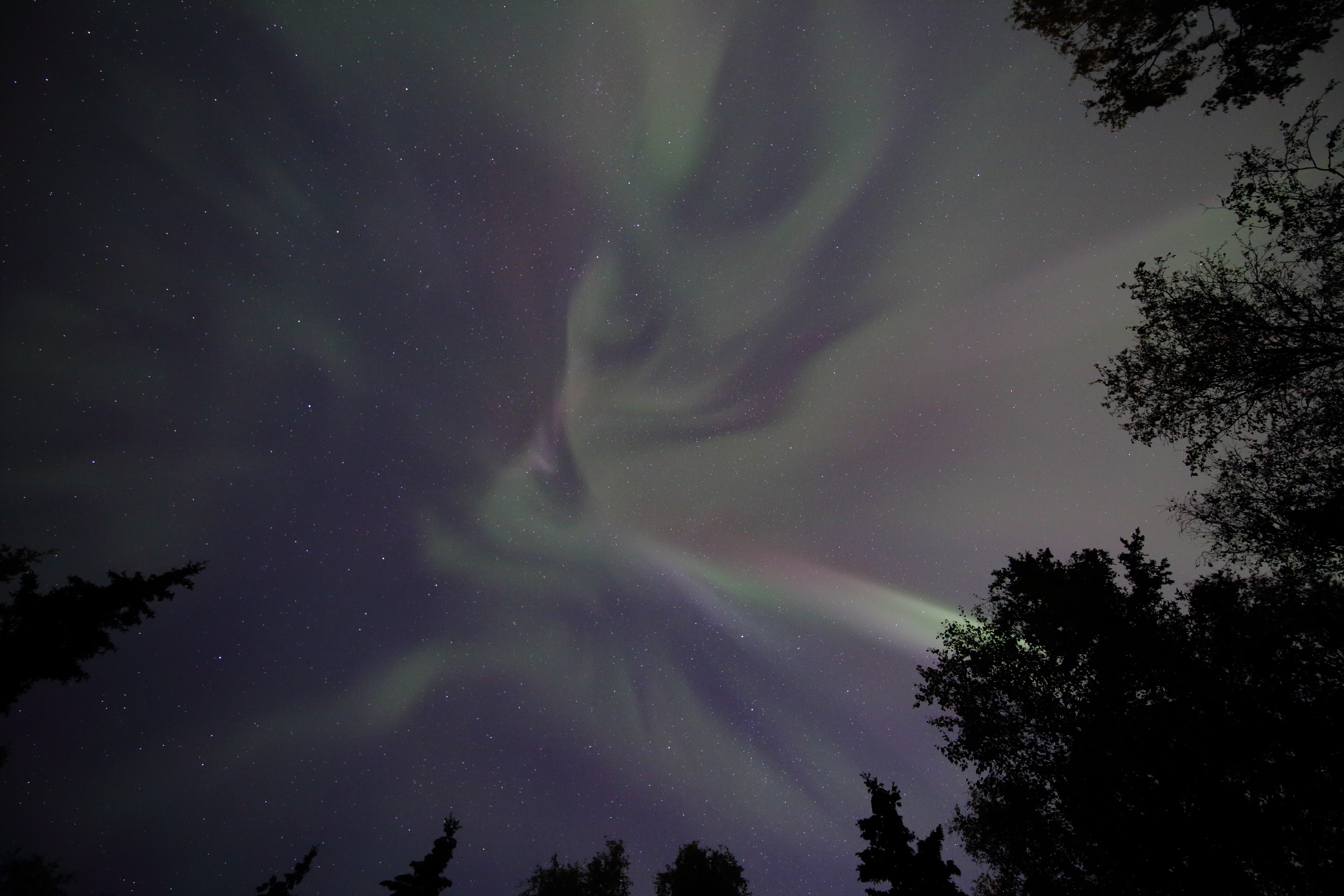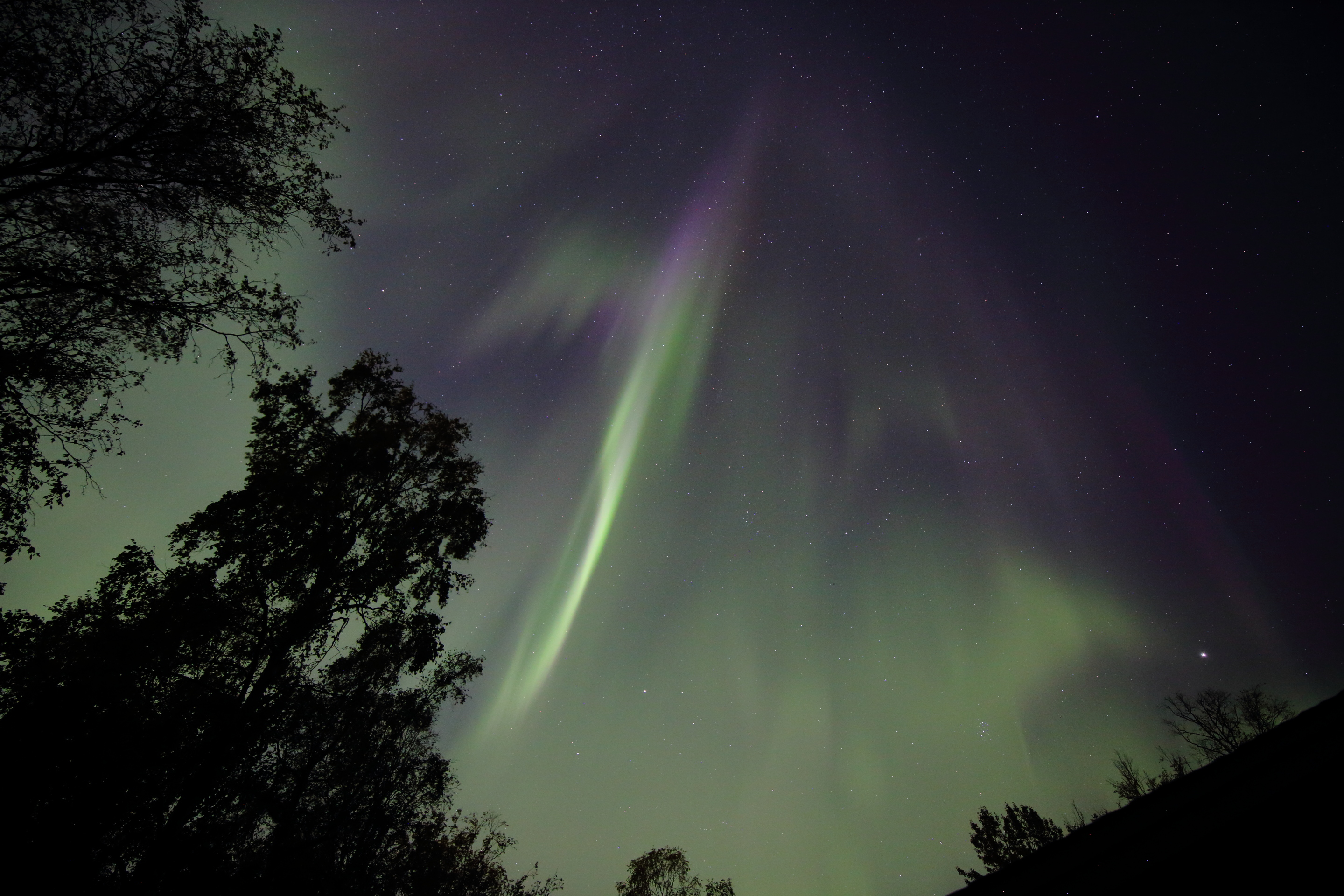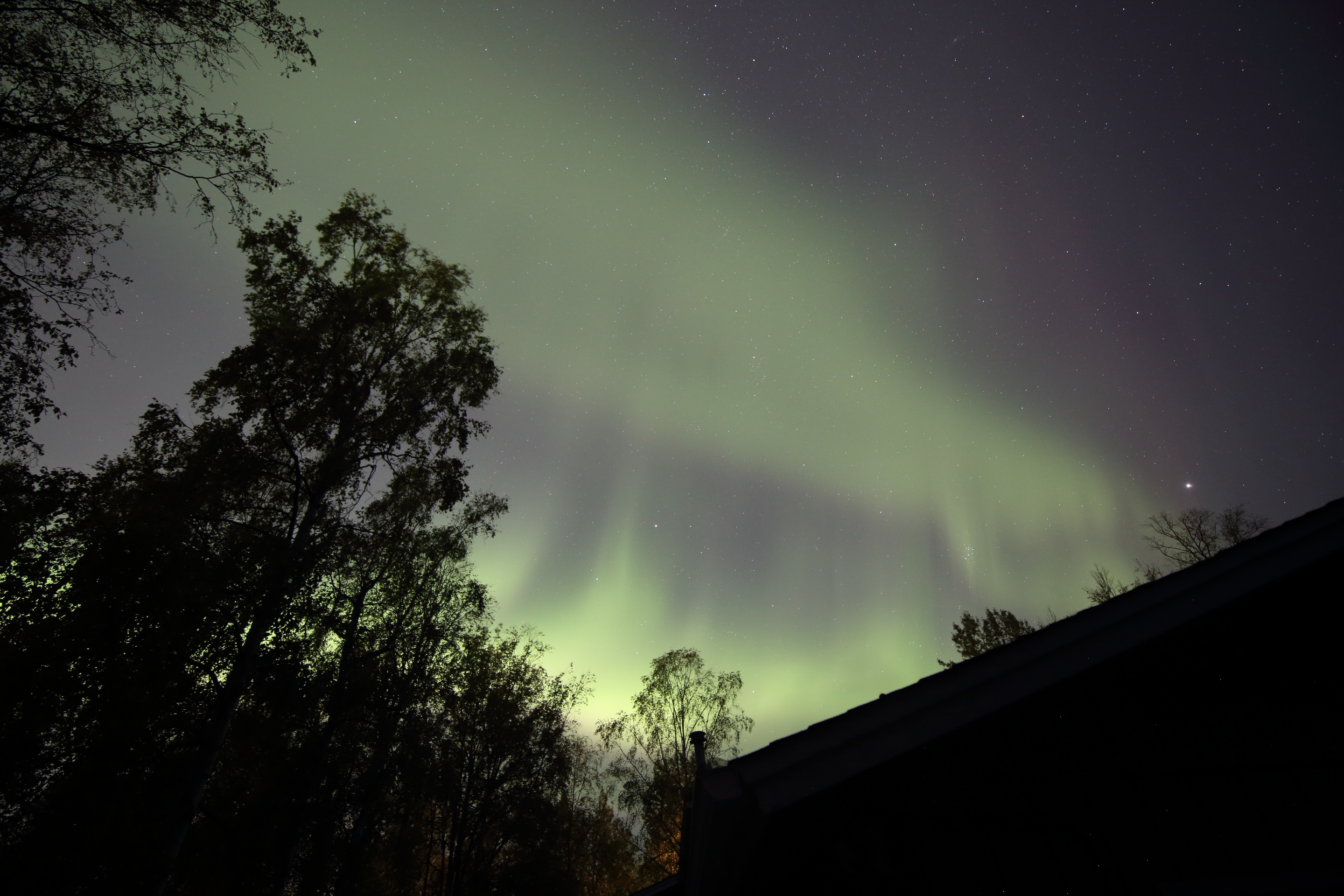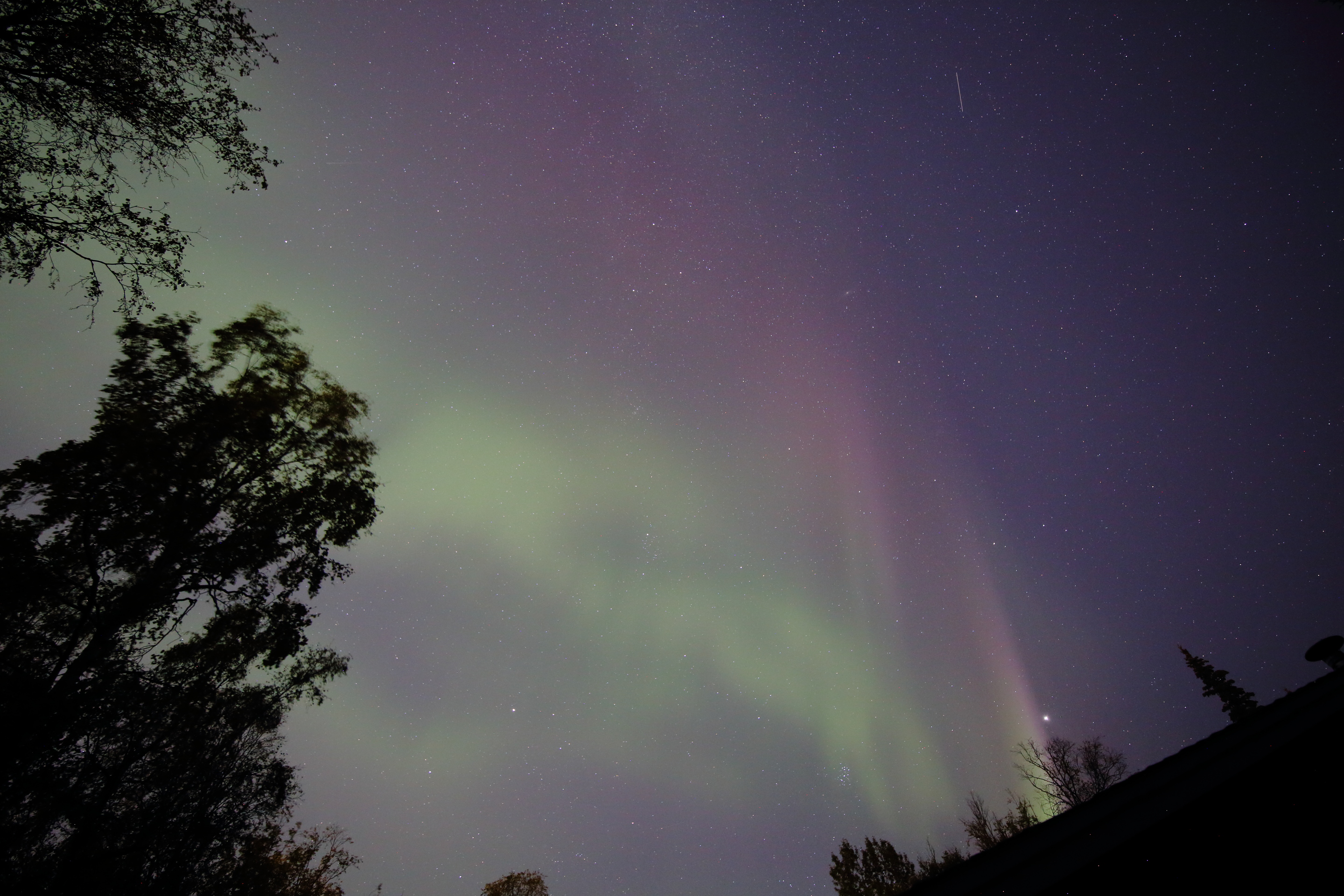Today marks the end of the second phase of the PHILEAS campaign, when our time here in Alaska has drawn to its end. Tomorrow Halo will depart into the Alaskan skies one last time, and will be heading north, homebound. It feels as if an era has come to its end, even if this might sound mightily over exaggerated, but for so long this has been our lives now. In these last remaining hours, it feels appropriate to reflect on what has been, and maybe what there is still to come:
From a scientific standpoint the campaign has been an exceptional success. Over the entirety of the campaign we had ample opportunity to probe Asian monsoon air, and there is no flight where I can recall not having seen it. The instruments have worked reliably and well, and there is a bounty of data gathered during our flights, covering much more than the originally aimed for Asian monsoon air. We have captured biomass plumes in different stages, measured air masses bearing a distinct signature of origin and even our attempts of double – or even triple – probing of the filaments worked to the letter. A great deal of gratification belongs to the flight planner, who despite the ever-changing and rather unpredictable nature of the forecasts managed to realize these challenging goals.
From a technical standpoint, maintenance of the aircraft and the instruments was done reliably and always on time. We had no technical issues that interfered with the scientific goals, and maybe I’m too inexperienced to properly judge this, but I feel like this is absolutely not to be taken for granted. The cooperation between the different factions and teams was smooth, and there is not a single anecdote I could tell how ‘we had to cut off part of our wings’ or ‘we busted our tires during the landing’ – all of which supposedly happened during other campaigns. The sheer absence of noteworthy events of that kind is astonishing, as one might have noticed while following this blog. I felt dissatisfied when reviewing the last week, feeling as if there was nothing truly special to report on, but in the end all of this compounds into an exceptionally good campaign, which can only truly understood and cherished in the retrospective.
Most of all, I wanted to acknowledge all of the wonderful people I had the honors of working with. They are strangers, most of which I had never met before, and we were here for business, to work, and still I never felt any alienation, any discomfort around them. From what I can tell, neither could they, and I am grateful for this. Even under large strain and pressure did we hold our composure, and it speaks more of their characters than may be apparent at this point. Again, it was a privilege.
This does not mean I am not glad this has come to an end. The weeks were long, and I am tired. I miss my family dearly, and I am looking forward to seeing them once again. I spoke of foolish dreams when I started this blog, something the layman may more easily understand than the expert, and dreams there were many. Nowhere do dreams become more tangible, more visible than in the late night hours under the northern sky. As a final gift to you, dear reader, please enjoy some of the wonders we beheld, and until we meet again, this has been Jan for the Research Center Juelich:




Copyright Markus Retzlaff @ Forschungszentrum Juelich. My most sincere thanks for sharing your wonderful assortment of beautiful pictures.

No Comments
Be the first to start a conversation